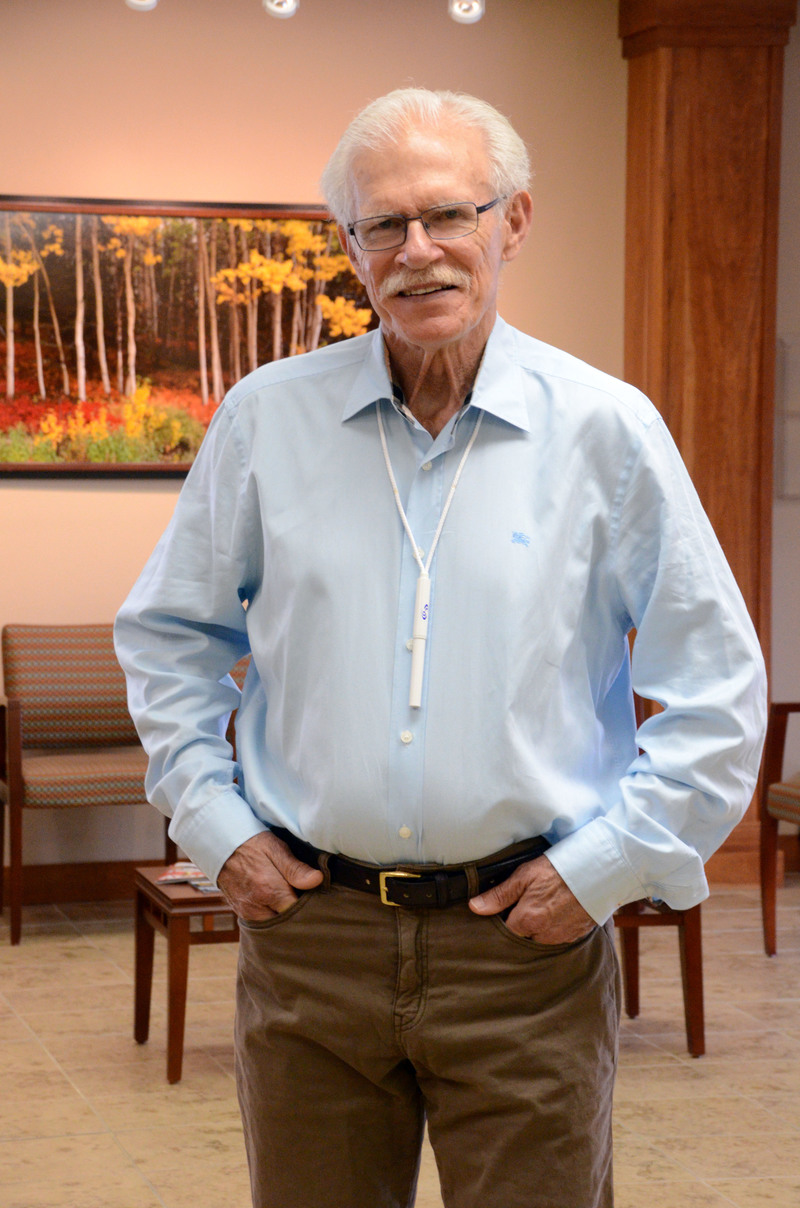Dr. Setliff's Publications
 Special Consideration in Pediatric Functional Endoscopic Sinus Surgery
Special Consideration in Pediatric Functional Endoscopic Sinus SurgeryThe "Hummer": New Instrumentation for Functional Endoscopic Sinus Surgery
New Concepts and the Use of Powered Instrumentation ("The Hummer") for Functional Endoscopic Sinus Surgery
The Development and Use of Micro-Debrider Technology in the USA
Minimally Invasive Sinus Surgery
The Hummer - A Remedy for Apprehension in Functional Endoscopic Sinus Surgery
The Small-Hole Technique in Endoscopic Sinus Surgery
Endoscopic Anatomy of the Paranasal Sinuses - Text Book
Minimally Invasive Sinus Surgery in in the Geriatric Patient
Chronic Ethmoid Sinusitis
An Anatomical Classification of the Ethmoidal Bulla
Patient History and CT Findings in Predicting Surgical Outcomes for Patients with Rhinogenic Headache
Publications that Mention Dr. Setliff
Excerpt from "Where is Consumer Reports When We Need It? A Clinician's View of Surgical Innovation" by Glenn Isaacson, MD.
Originally Published in Otolaryngology - Head and Neck Surgery Vol. 152(4) 585-586
"The Institutional Review Board did not complain when Harvey Cushing, after a bloody initial foray, successfully reserected a hypervascular parietal tumor using William T. Bovie's new electrodesiccator. When Reuben Setliff showed a short lunchtime video of a nasal polyp removal with an orthopedic microdebrider, a crowd of excited otolaryngologists poured from the lobby into the lecture hall to see something really new and better."
Excerpt from "Gizmo is a Mean Word" by Peter J. Koltai, MD.
Originally Published in Otolaryngology - Head and Neck Surgery Vol. 152(4) 581-582
"A little history will help here. In 1993, I saw the first demonstration of the use of a microdebrider for endoscopic sinus surgery by Dr. Reuben Setliff, who had conceived the technique. He used an instrument that had been developed for temporomandibular joint (TMJ) arthroscopic surgery. The device had failed as a treatment for TMJ pain, but was revolutionary for sinus surgery and its use rapidly spread; it didn't take randomized controlled studies to convince most of us of this new tool's utility. "

